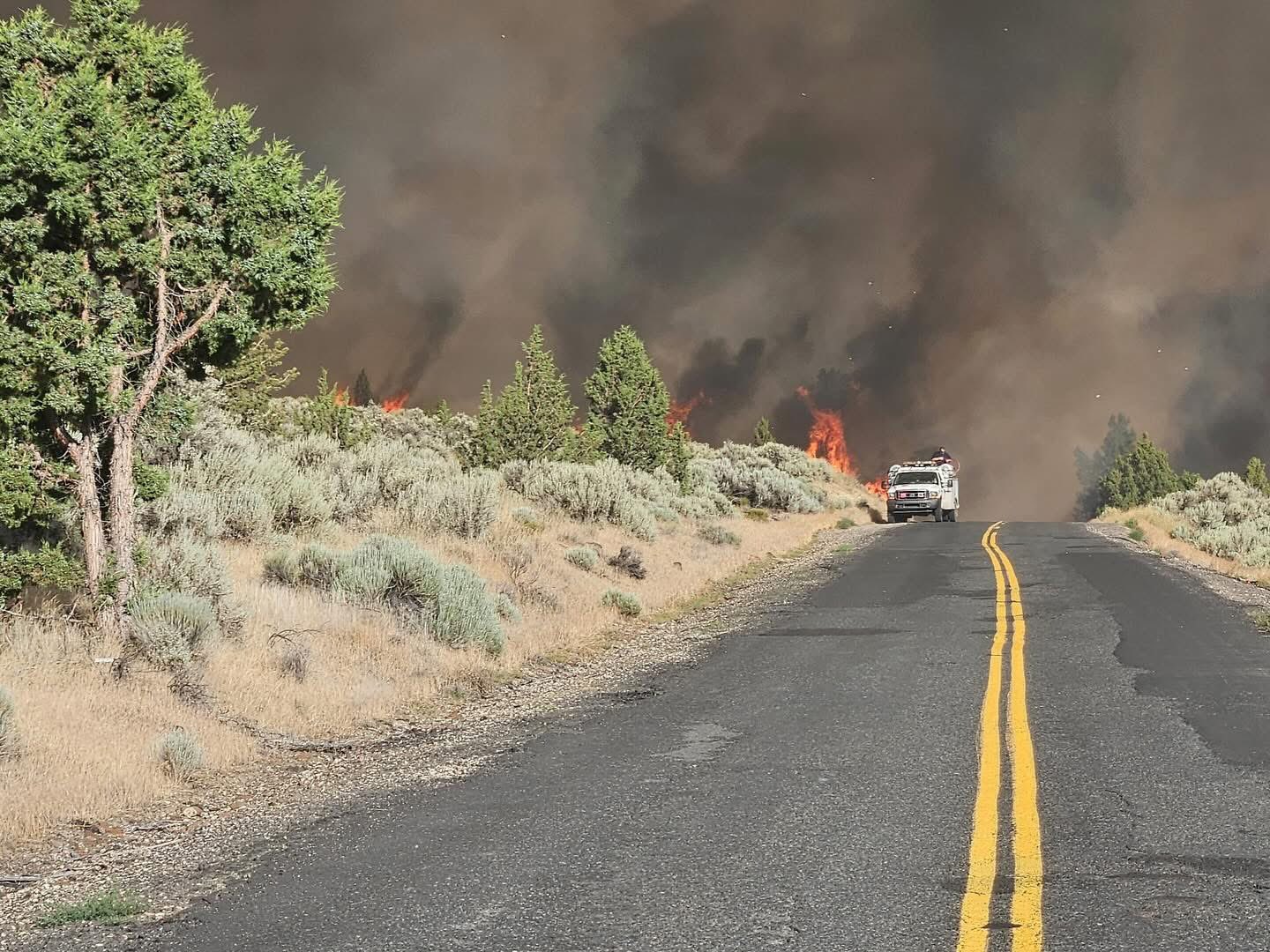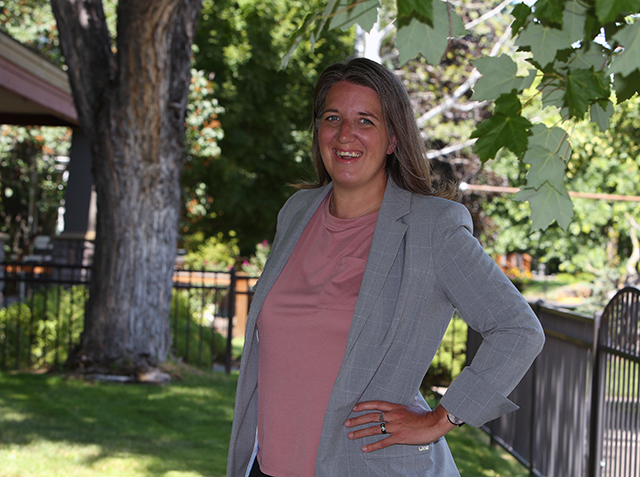With one small step, he inspired mankind
Published 5:00 am Sunday, August 26, 2012
WASHINGTON — When man first harnessed fire, no one recorded it. When the Wright Brothers showed man could fly, only a handful of people witnessed it. But when Neil Armstrong took that first small step on the moon in July 1969, an entire globe watched from a quarter million miles away.
We saw it. We were part of it. He took that “giant leap for mankind” for us.
Trending
More than half of today’s population wasn’t alive then. But it is an event that changed and expanded the globe. “It’s a human achievement that will be remembered forever,” said John Logsdon, professor emeritus of space policy at George Washington University. Those first steps were beamed to nearly every country around the world, thanks to a recently launched satellite.
It was truly the first global mass media event, Logsdon said. An estimated 600 million people — 1 out of every 5 on the planet — watched.
When people look back hundreds of years from now, the two historical events likely to be long remembered from the 20th century are the moon landing and the first atomic bomb, said Smithsonian Institution space curator Roger Launius. “There is no way to overestimate that significance in human history, and he is forever linked to that,” Launius said of Armstrong, who died Saturday at age 82.
Armstrong died following complications resulting from cardiovascular procedures, his family said in a statement. Armstrong had had a bypass operation this month, according to NASA. His family didn’t say where he died; he had lived in suburban Cincinnati.
‘Simply magnificent’
Armstrong commanded the Apollo 11 spacecraft that landed on the moon July 20, 1969. In those first few moments of being the first person to walk on the moon, during the climax of a heated space race with the Soviet Union, Armstrong stopped in what he called “a tender moment” and left a patch to commemorate NASA astronauts and Soviet cosmonauts who had died in action. “It was special and memorable, but it was only instantaneous because there was work to do,” Armstrong told an Australian television interviewer this year.
Trending
Armstrong and Buzz Aldrin spent nearly three hours walking on the lunar surface, collecting samples, conducting experiments and taking photographs. “The sights were simply magnificent, beyond any visual experience that I had ever been exposed to,” Armstrong once said.
The moonwalk marked America’s victory in the Cold War space race that began Oct. 4, 1957, with the launch of the Soviet Union’s Sputnik 1, a 184-pound satellite that sent shock waves around the world.
Although he had been a Navy fighter pilot, a test pilot for NASA’s forerunner and an astronaut, Armstrong never allowed himself to be caught up in the celebrity and glamour of the space program.
“I am, and ever will be, a white socks, pocket protector, nerdy engineer,” he said in 2000 in one of his rare public appearances. “And I take a substantial amount of pride in the accomplishments of my profession.”
Fellow Ohioan and astronaut John Glenn, one of Armstrong’s closest friends, recalled Saturday how Armstrong was down to the last 15 seconds to 35 seconds of fuel when he finally brought the Eagle down on the Sea of Tranquility. “That showed a dedication to what he was doing that was admirable.”
Armstrong’s modesty and self-effacing manner never faded. When he appeared in Dayton in 2003 to help celebrate the 100th anniversary of powered flight, he bounded onto a stage before 10,000 people packed into a baseball stadium. But he spoke for only a few seconds, did not mention the moon, and quickly ducked out of the spotlight.
He later joined Glenn, by then a senator, to lay wreaths on the graves of Wilbur and Orville Wright. Glenn introduced Armstrong and noted it was 34 years to the day that Armstrong had walked on the moon. “Thank you, John. Thirty-four years?” Armstrong quipped, as if he hadn’t given it a thought.
Armstrong’s moonwalk capped a series of accomplishments that included piloting the X-15 rocket plane and making the first space docking during the Gemini 8 mission, which included a successful emergency splashdown.
In the years afterward, Armstrong retreated to the quiet of the classroom and his southwestern Ohio farm. Aldrin said in his book “Men from Earth” that Armstrong was one of the quietest, most private men he had ever met.
Armstrong was accepted into NASA’s second astronaut class in 1962. In 1970, Armstrong was appointed deputy associate administrator for aeronautics at NASA but left the following year to teach aerospace engineering at the University of Cincinnati.
He remained there until 1979 and during that time bought a 310-acre farm near Lebanon, where he raised cattle and corn. He stayed out of public view, accepting few requests for interviews or speeches.
Those who knew him said he enjoyed golfing with friends and was active in the local YMCA. In 1994, Armstrong divorced his wife of 38 years. Shortly afterward, he married the former Carol Knight, a woman 15 years his junior, and receded further from public life. In addition to his wife, he is survived by two sons, a stepson, a stepdaughter, 10 grandchildren, a brother and a sister.
‘If we can send a man to the moon …’
The late science fiction author Arthur C. Clarke wrote that the Apollo 11 moon landing was “one of the great divides in human history; we are sundered from it forever by the moment when Neil Armstrong and Buzz Aldrin stepped out on to the Sea of Tranquility. Now history and fiction have become inexorably intertwined.”
Since that day, there’s been a common phrase: “If we can send a man to the moon, why can’t we … ?” with the blank filled with a task that seems far less difficult.
Armstrong’s small step was that leap in confidence telling the world “if we can do this, we can do anything,” said Howard McCurdy, a professor of space and public policy at American University and author of the book “Space and the American Imagination.”
“He took something that 20 years earlier was pure fantasy and turned it into reality, and if we could do that for space we could do it for anything,” McCurdy said Saturday.
The Apollo 11 moon landing was the finish line in a decade-long space race started by the Soviet Union. And so the first steps on the moon coming from an American civilian had many meanings. Getting there first showed American technological superiority, but Armstrong mentioned mankind — not Americans — demonstrating that this was a moment for the people of Earth, McCurdy said.
Armstrong and Aldrin left a plaque on the moon that read: “Here men from the planet Earth first set foot upon the moon. July 1969 A.D. We came in peace for all mankind.”
For all mankind. And that’s how the world took it.
“The success for America (is a) success for every living man,” reported the Swahili-language newspaper Nguromo of Dar.
The Cold War may have slightly muted the significance of the event at the time, but over the years the importance of the moon landing has only grown, Logsdon said.
It’s permeated into culture. The moon landing is in movies, television, books and songs; it was even Michael Jackson’s signature dance step. That’s probably because in some ways that moon walk touched something that has been hard-wired into humanity: the need to explore. For 25,000 years, humans have been migrating and pushing into new places. Armstrong took it to new heights.
Glenn, the first American to orbit the Earth, noted it was “the first time any human being set foot on a place other than Earth, and that’s a pretty big step.”







